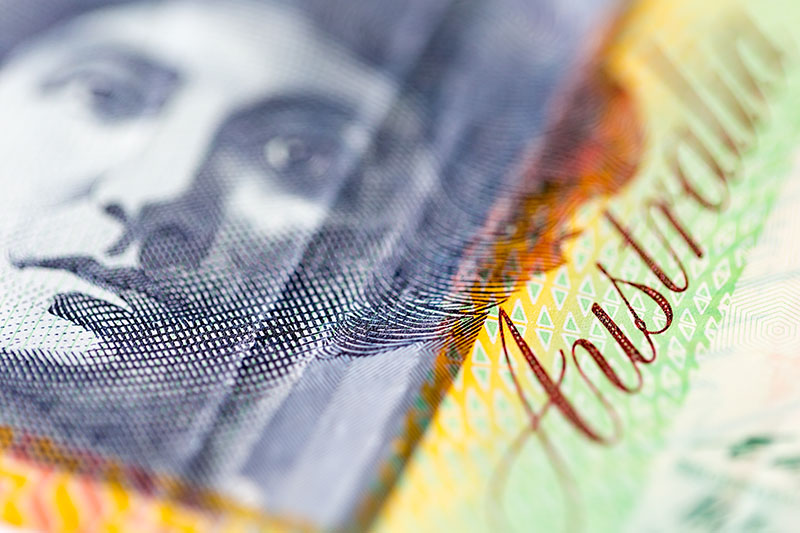By Cecile Lefort and Rebecca Howard
SYDNEY/WELLINGTON, Dec 31 (Reuters) - The Australian and New Zealand dollars looked set on Thursday to end 2015 sharply lower against their U.S. peer, and could remain under pressure in the new year if commodity prices remain weak.
The Aussie was on track to end the year around 11 percent lower, its third year of losses, while the kiwi was even harder hit with a decline of 12 percent.
The Australian dollar held steady at $0.7291 on the last trading day of the year, having bounced from a low of $0.7097 hit earlier this month.
Part of the support came from a tentative recovery in prices of iron ore, the country's top export earner.
Yet, the local dollar was not too far from a 6-year trough below 69 cents hit in September. Strong chart resistance was found at $0.7300.
The Antipodean currencies have come under pressure this year on falling commodity prices, sluggish economic growth at home and diverging interest rates between them and the United States.
Both even fell against the euro, which rose between 1.4 percent and 3 percent this year against the two currencies. The Aussie, however, fared better against its kiwi neighbour, up 1.6 percent.
The New Zealand dollar NZD=D4 was a tad weaker at $0.6842 on Thursday ahead of a four-day holiday weekend. While up from a six-year low below 61 cents, it is still on track for a loss of more than 10 cents on the year.
The next hurdle is on Friday, when China releases manufacturing activity data. Also looming is next week's GlobalDairyTrade auction, always a major event as dairy makes up 25 percent of the country's exports.
Earlier Thursday, Federated Farmers said many New Zealand farmers had faced difficult conditions in 2015 and the majority see no relief coming in the New Year.
Over 1,100 members were surveyed in the run up to Christmas, with 52 percent saying they expect market conditions to stay the same. Only 29 percent predict improving conditions, with 19 percent forecasting worse times to come.
New Zealand government bonds eased, sending yields 1.5 basis points higher at the short end and half a basis point higher at the long end.
Australian government bond futures were just off multi-week highs, with the three-year bond contract steady at 97.990. The 10-year contract eased 4 ticks to 97.1500, while the 20-year contract was unchanged at 96.6500.
(Editing by Jacqueline Wong)
